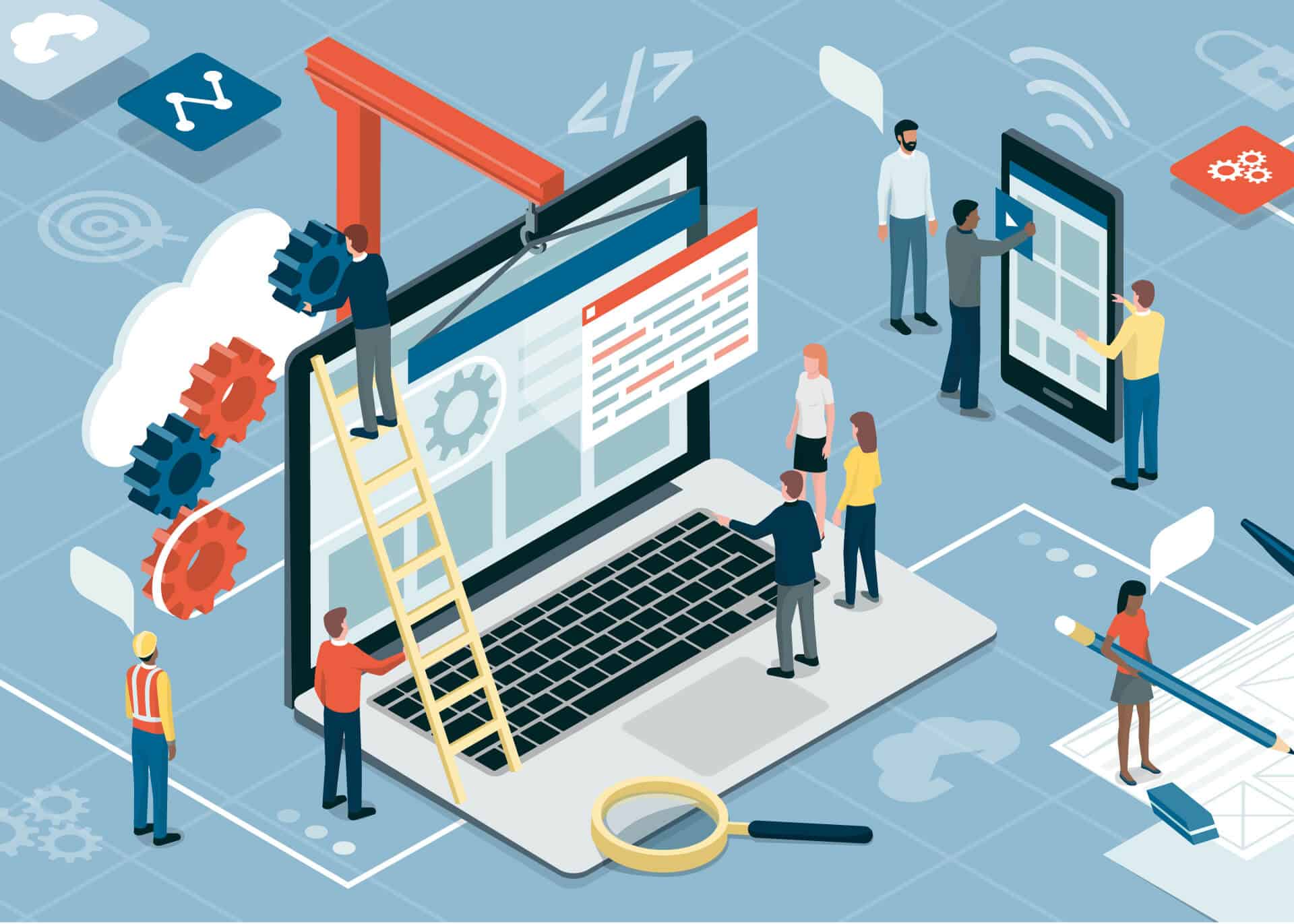With new AI tools coming up every now and then, each offering amazing benefits, data security is increasingly getting out of focus, and out of your control. As Canadian businesses, we are dealing with a lot of uncertainties and challenges amidst tariff threats from the United States. While operational efficiencies are important, we should not […]
Understanding Angular Development: Insights and Best Practices with Mantrax
Angular is a platform and popular framework for building scalable web applications. This blog post covers its role in web development, key advantages, and a guide to developing Angular applications. Topics include Angular’s history, architecture, performance tools, RxJS, state management with NgRx and NGXS, dependency injection, directives, pipes, and testing methodologies. Learn more on Mantrax’s […]
Exploring Front-End Development: Roles, Responsibilities, and More with Mantrax
In software application development, the term ‘front end’ refers to the client-side interface of the application or the part of a service that end users interact with directly. It covers all aspects of the user interface on an application or a website including the design, layout, and interactive features that enhance the user experience. This […]
Navigating the Software Development Life Cycle (SDLC) with Mantrax
Software Development Lifecycle (SDLC) is the process of developing software applications using a cost-effective and time-efficient process….
Continue readingWhat is Technical Debt and How to Manage it
A manageable technical or code debt is a good thing as it speeds development. There are also instances when the speed to market for a critical feature, bug fix, or other short-term priorities trump the analysis of medium to long-term impact.
Continue readingNavigating the Landscape of Large Language Models
In the ever-evolving landscape of artificial intelligence, Large Language Models (LLMs) stand out for their unprecedented language mastery, primarily attributed to their large parameter scale. However, LLMs are not without their challenges. This article delves into the intricacies of LLMs, exploring the pain points associated with their deployment and highlighting the role of data, ethical […]
Productizing Your Service-Based Business : A Comprehensive Guide
In our previous blog post, we delved into the concept of productizing services and how it can revolutionize your business. Now we’re taking a deeper dive into the steps to productize your service-based business with software solutions successfully. Check out our first blog if you haven’t already, and then keep reading to learn how you […]
Navigating the World of Cyber Security to Fortify Your Business
In our increasingly interconnected and digitized world, the realm of cybersecurity has emerged as a vital safeguard against the constant barrage of cyber threats. From malicious hackers seeking to exploit vulnerabilities to cybercriminals aiming to infiltrate sensitive data, the virtual landscape is a battleground of wits and technology. In this blog, we’ll dive deeper into […]
The Crucial Role of Wireframes in Software Solutions
In the ever-evolving landscape of software development, wireframes stand as foundational pillars that give life to the abstract and bring structure to the visionary. These conceptual blueprints are the initial stepping stones, guiding the intricate journey of transforming ideas into functional digital interfaces. Wireframes as Visual Translators Wireframes act as a translator, bridging the language […]
Decoding Expenses: Senior Software Developer vs. Development Partner
In the rapidly evolving world of technology, businesses and organizations face a pivotal decision when seeking to bring their software dreams to life or to help optimize critical business processes. Should they invest in hiring a senior software developer to join their in-house team, or explore the alternative of engaging a development partner to steer […]






